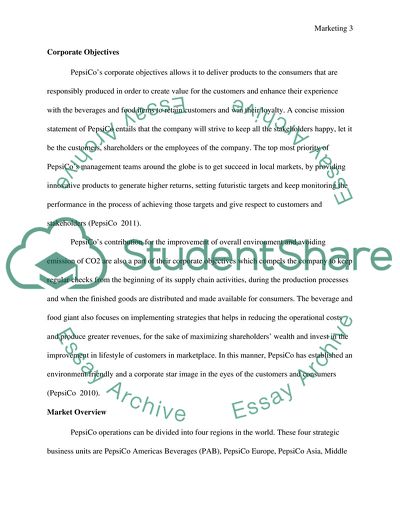Cite this document
(SWOT & PESTAL Analysis of Pepsi Assignment Example | Topics and Well Written Essays - 2750 words, n.d.)
SWOT & PESTAL Analysis of Pepsi Assignment Example | Topics and Well Written Essays - 2750 words. Retrieved from https://studentshare.org/marketing/1760280-marketing-research-planning-project-of-tropicana-juice
SWOT & PESTAL Analysis of Pepsi Assignment Example | Topics and Well Written Essays - 2750 words. Retrieved from https://studentshare.org/marketing/1760280-marketing-research-planning-project-of-tropicana-juice
(SWOT & PESTAL Analysis of Pepsi Assignment Example | Topics and Well Written Essays - 2750 Words)
SWOT & PESTAL Analysis of Pepsi Assignment Example | Topics and Well Written Essays - 2750 Words. https://studentshare.org/marketing/1760280-marketing-research-planning-project-of-tropicana-juice.
SWOT & PESTAL Analysis of Pepsi Assignment Example | Topics and Well Written Essays - 2750 Words. https://studentshare.org/marketing/1760280-marketing-research-planning-project-of-tropicana-juice.
“SWOT & PESTAL Analysis of Pepsi Assignment Example | Topics and Well Written Essays - 2750 Words”, n.d. https://studentshare.org/marketing/1760280-marketing-research-planning-project-of-tropicana-juice.


